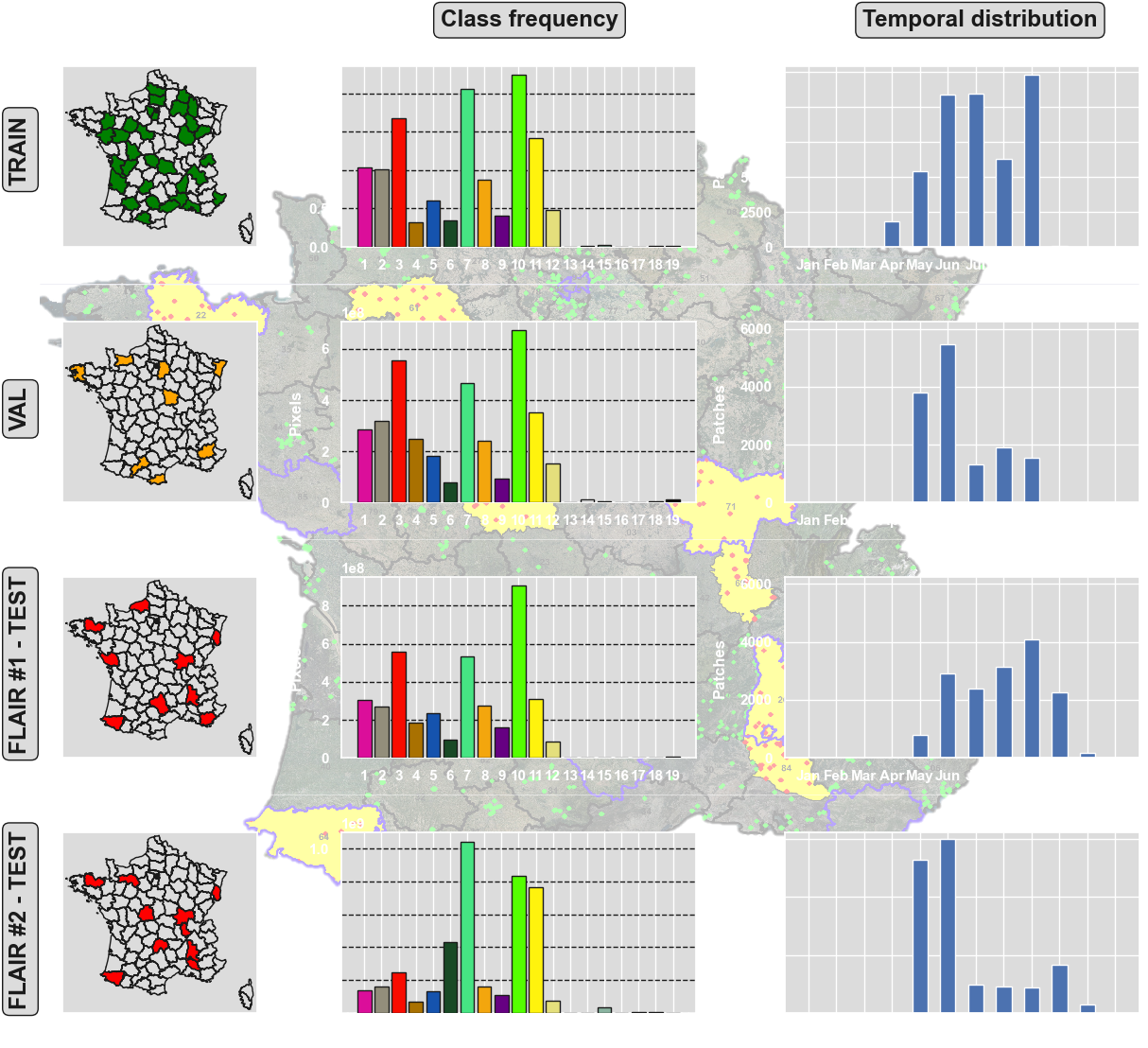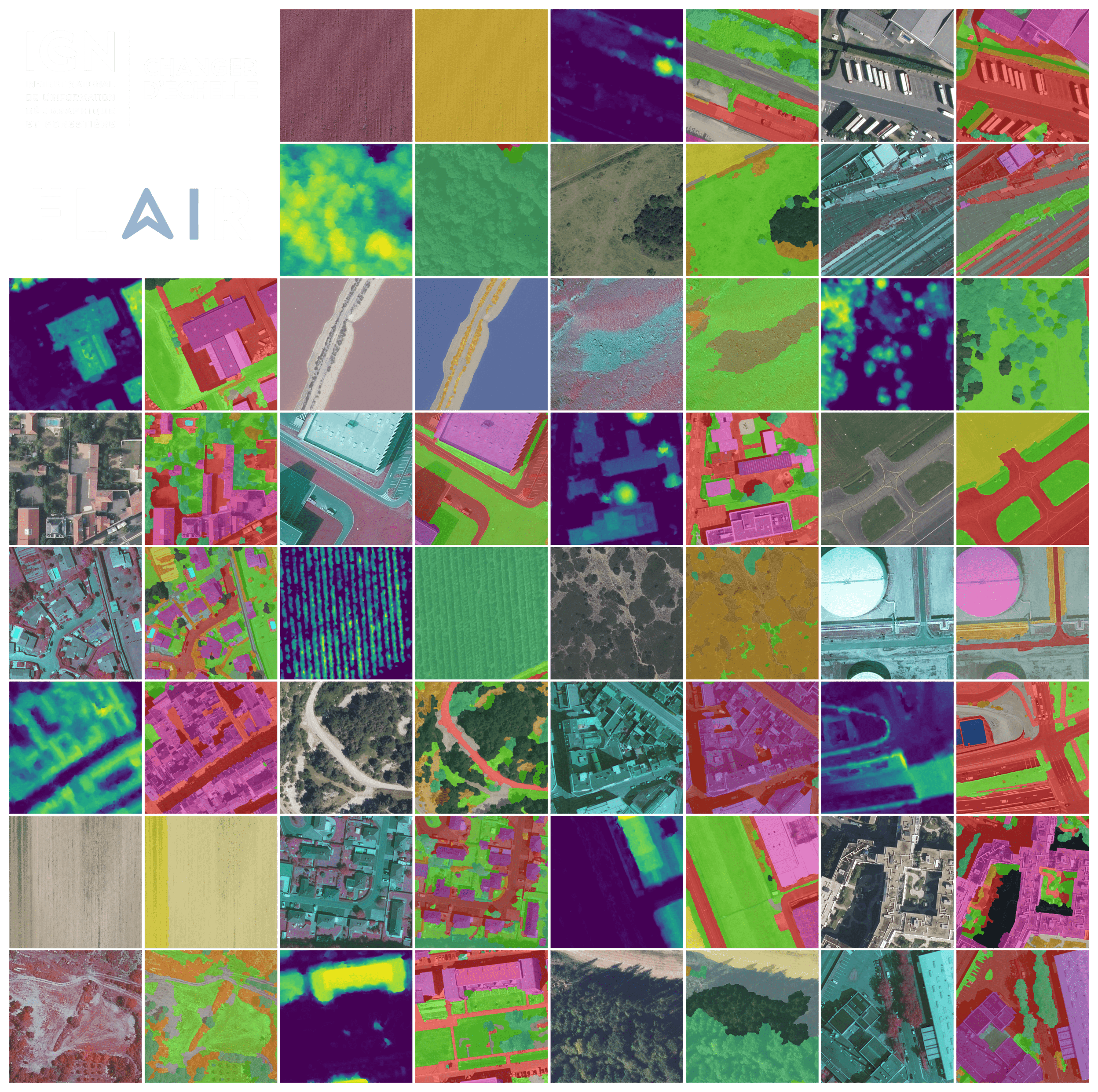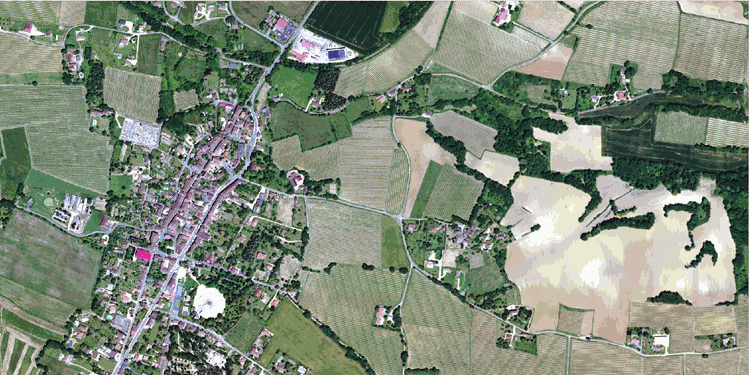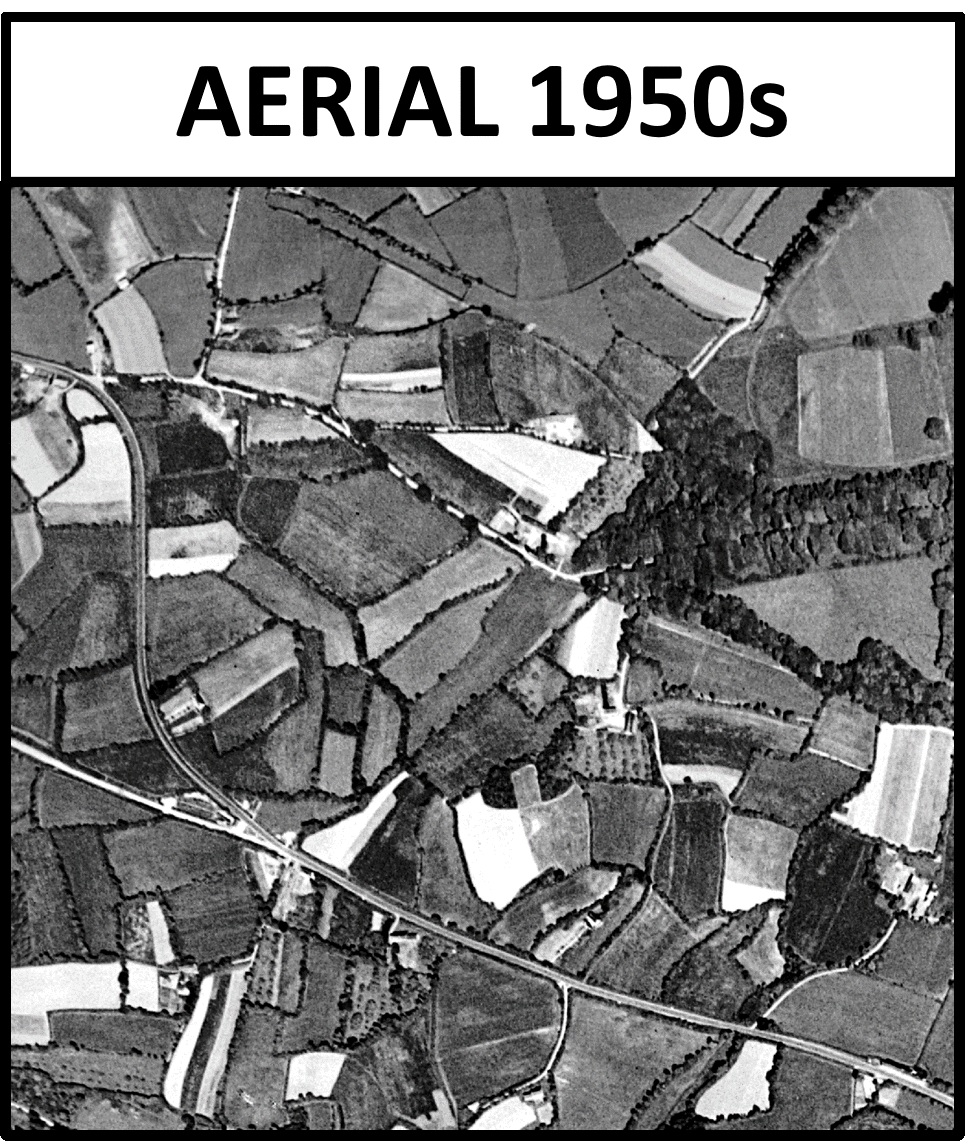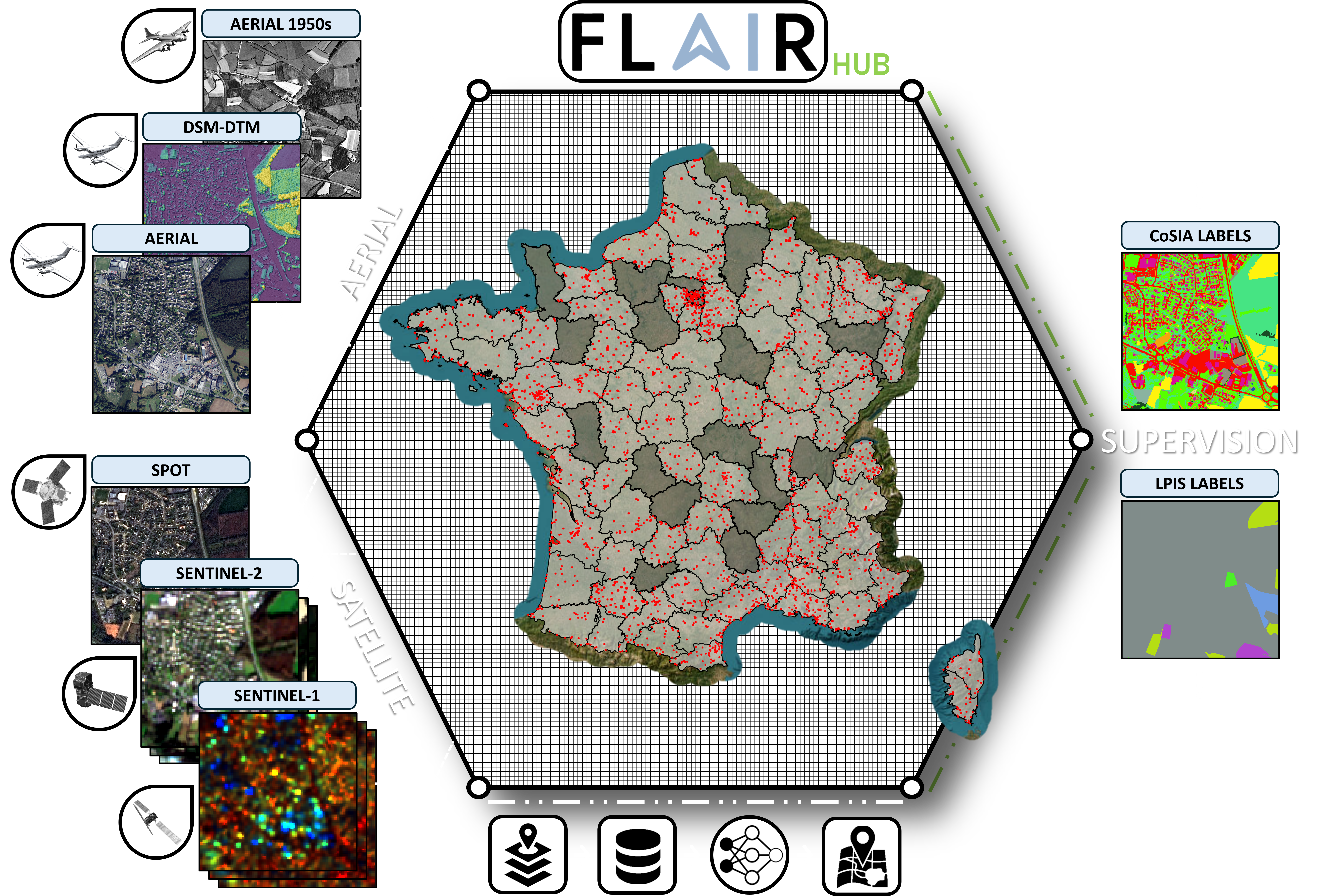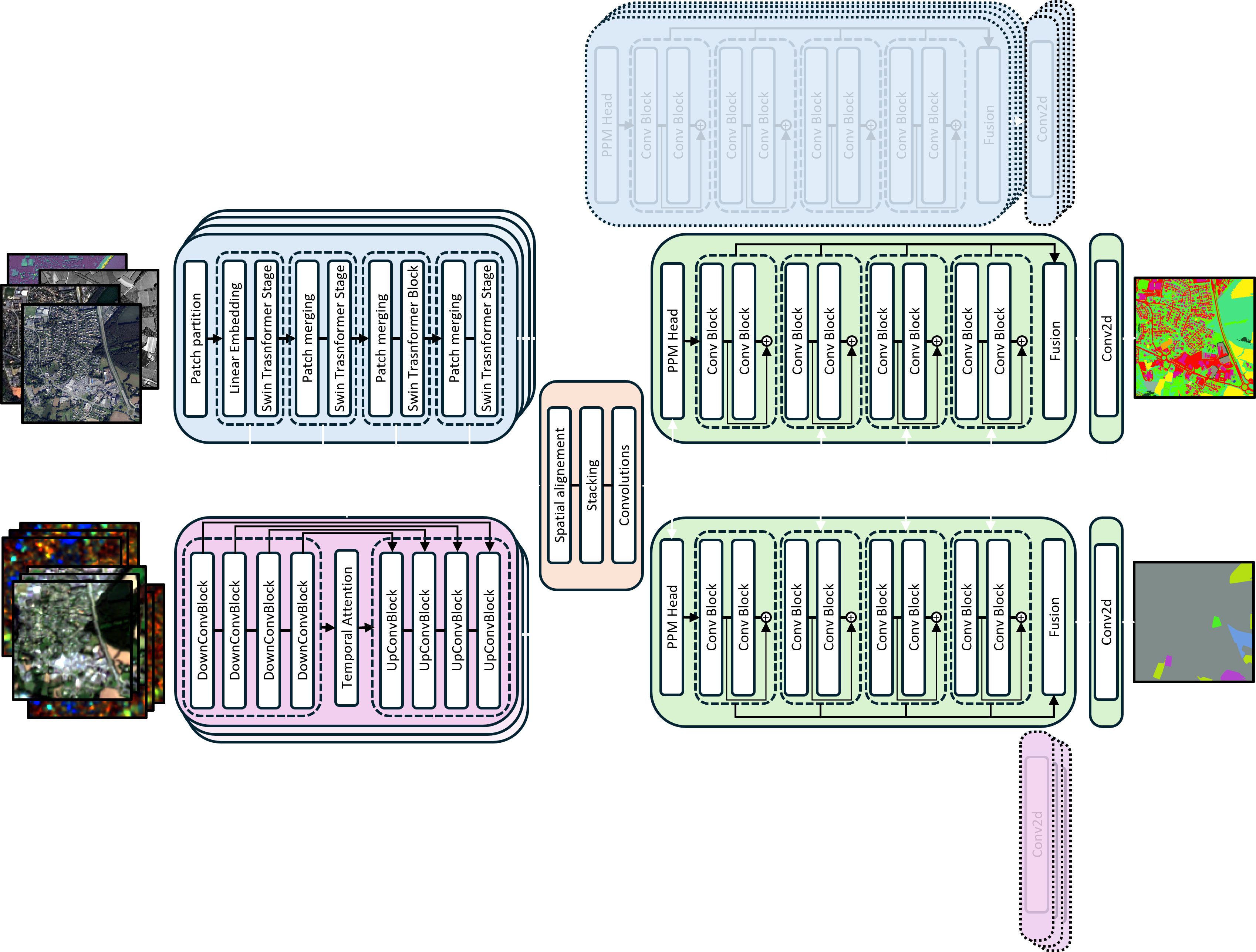FLAIR
Artificial Intelligence challenges organised around geo-data and deep learning
Project maintained by IGNF
Welcome to IGN's FLAIR datasets page!

|
The French National Institute of Geographical and Forest Information (IGN) presents its AI challenges and benchmark datasets FLAIR (for French Land cover from Aerospace ImageRy). The FLAIR datasets include Earth Observation data from different aerospace sensors. These datasets cover large scales and reflect real world cases of land cover mapping tasks. |
|||
|---|---|---|---|
|
|
|||
|
The FLAIR datasets are released under the
Open Licence 2.0 from Etalab. 
|
|||
